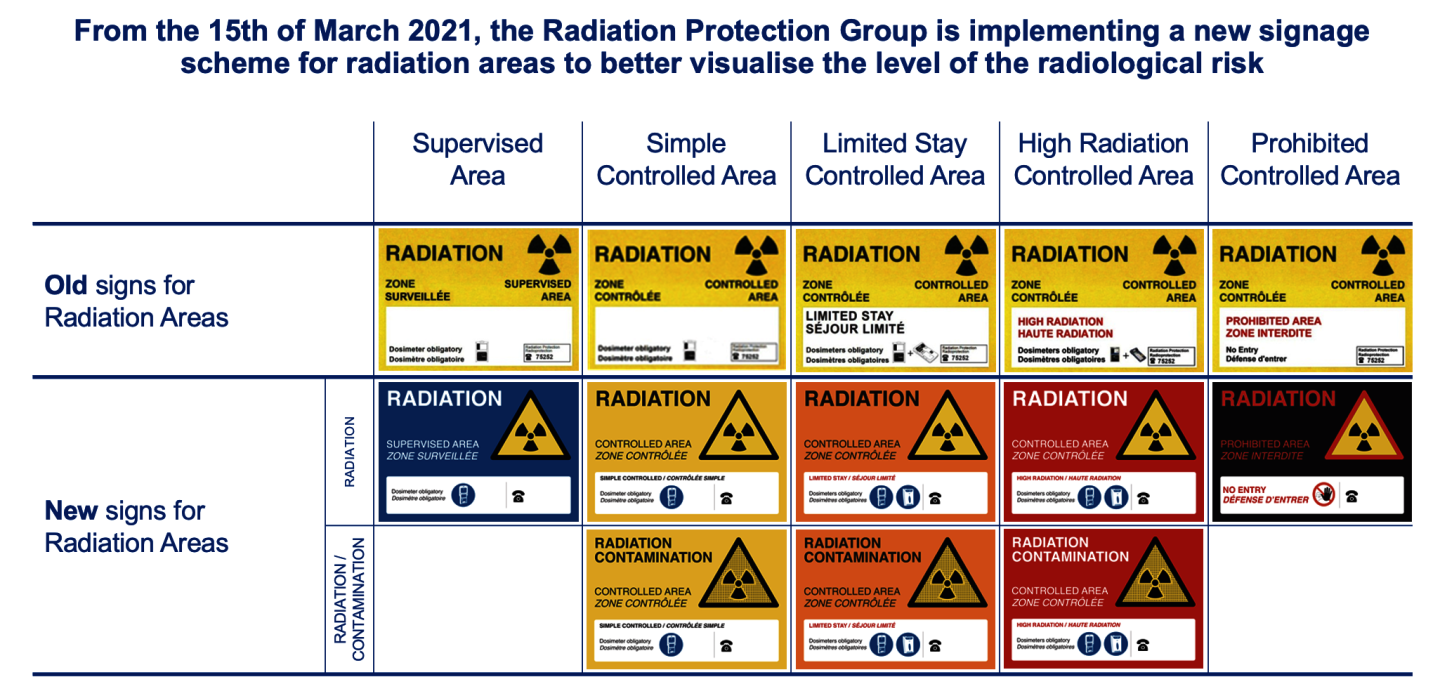The European Organization for Nuclear Research, commonly known as CERN, stands as a modern-day bastion of scientific exploration nestled at the border of France and Switzerland. Renowned for its role in pioneering high-energy physics, CERN invites thousands of scientists and enthusiasts to explore the depths of the universe’s fundamental components. However, a perennial question lingers in the minds of many: Is CERN a safe place in terms of radiation? To answer this, we must embark upon a meticulous journey through the intricate relationship between radiation, safety protocols, and the scientific advancements facilitated by CERN.
At its core, radiation can be perceived as a double-edged sword—an element of the universe that can inform and illuminate, yet also pose significant risks if mishandled. At CERN, researchers are not merely exposed to this enigmatic force; instead, they engage with it within a tightly controlled environment designed to minimize risks while maximizing the potential for groundbreaking discoveries. The meticulous attention to safety protocols at CERN reflects an essential ethos: the pursuit of knowledge must never come at the expense of human safety.
In order to understand CERN’s approach to radiation safety, it is crucial to dissect the prevailing types of radiation produced during experiments. The institution utilizes particle accelerators, such as the Large Hadron Collider (LHC), to propel particles to near-light speeds. This creates conditions for rare particle collisions, which can generate initial emissions of various radiation forms, including ionizing radiation. Ionizing radiation has sufficient energy to remove tightly bound electrons from atoms, potentially resulting in cellular damage and increased cancer risk. Understanding this phenomenon is imperative, as it emphasizes the significance of radiation hazard mitigation strategies implemented at CERN.
One of the primary features of CERN’s safety framework is its comprehensive monitoring system. Throughout the facility, sophisticated sensors continuously measure radiation levels—an intricate web of technology that works tirelessly to ensure that exposure remains well within established safety thresholds. This proactive surveillance functions as a sonic wall, safeguarding the sanctity of scientific progress while assuaging concerns about health risks. The data garnered from these monitoring systems informs periodic safety reviews, elucidating areas that may require enhanced protective measures.
Furthermore, CERN’s dedication to safety extends to its personnel training programs. Scientists and engineers undergo rigorous instruction that encompasses not only the technical competencies necessary for their work but also robust education about radiation risks. This dual focus empowers employees to navigate their responsibilities with both curiosity and caution, ensuring that they remain vigilant stewards of safety while probing the mysteries of the cosmos.
Equally noteworthy is CERN’s tiered access policy, which functions as a strategic bulwark against exposure. Restricted zones prohibit casual access, facilitating a clear demarcation between controlled and uncontrolled environments. This stratification is akin to layers of an onion, with each layer protecting the inner core where the most intense experiments unfold. Only those who possess the requisite training and clearance may enter these areas, thereby reducing potential risks to those who are not directly involved in experimentation.
Moreover, the establishment of comprehensive emergency response protocols further exemplifies CERN’s commitment to safety. The institution possesses well-defined plans that articulate immediate actions in response to a radiation incident, thereby instilling a sense of preparedness among staff. These protocols act as a lifebuoy in turbulent waters, ensuring that individuals are equipped to address potential hazards while maintaining a focus on scientific pursuits.
Beyond infrastructural and procedural safeguards, CERN engages in extensive research focused on radiation effects to refine its safety measures continuously. By funding studies that investigate the biological impact of radiation exposure, the organization aligns itself with an ethos of evidence-based practice. This transparency fuels a culture of accountability and facilitates ongoing dialogue about best practices in radiation safety, not just within CERN but also among the global scientific community.
While much attention is given to the controlled environments where particle accelerators operate, it is important to consider the surrounding locale as well. The local population is often a point of apprehension; however, radiation exposure decreases significantly with distance from the source. Due to the sophisticated shielding and safety measures in place, the radiation levels around CERN are comparable to, if not lower than, those encountered in many urban areas. The institution’s diligent efforts to engage with the community and disseminate information regarding safety measures further bolster public trust.
In summary, CERN presents an alluring tapestry of scientific discovery interwoven with an unwavering commitment to safety. The organization does not merely acknowledge the existence of radiation; it thoroughly embraces the associated complexities and diligently works to mitigate risks. With advanced monitoring systems, robust training protocols, tiered access regulations, emergency preparedness plans, and a commitment to ongoing research, CERN stands as a paragon of safety in the realm of high-energy physics. The ongoing dialogues surrounding safety create a dynamic environment where the brilliance of human curiosity can thrive—effectively transforming the otherwise foreboding nature of radiation into a symphony of cosmic exploration.
Through the lens of safety, CERN reveals that the appeal of scientific inquiry lies not only in what we discover but also in how we protect ourselves and each other. In this intricate dance between understanding and caution, CERN invites all to marvel at the universe while nurturing an unequivocal commitment to human safety.












